BE A SPIRITUAL WARRRIOR
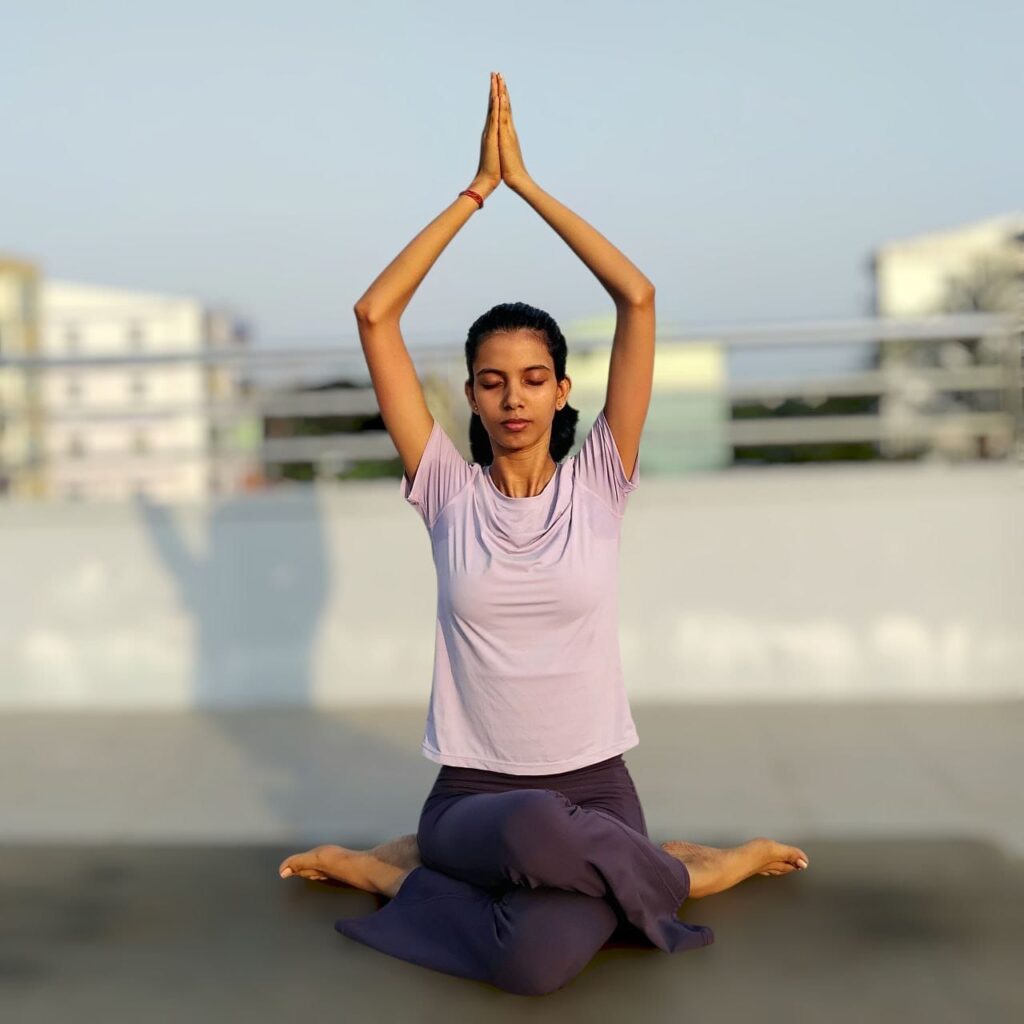
Namaste! I’m Geeta Arya, and I’m thrilled to have you here. With two years of teaching experience, my goal is to share the true essence of yoga. This isn’t just about poses; it’s about finding balance, building confidence, and easing anxiety. Let’s explore the transformative power of yoga together!
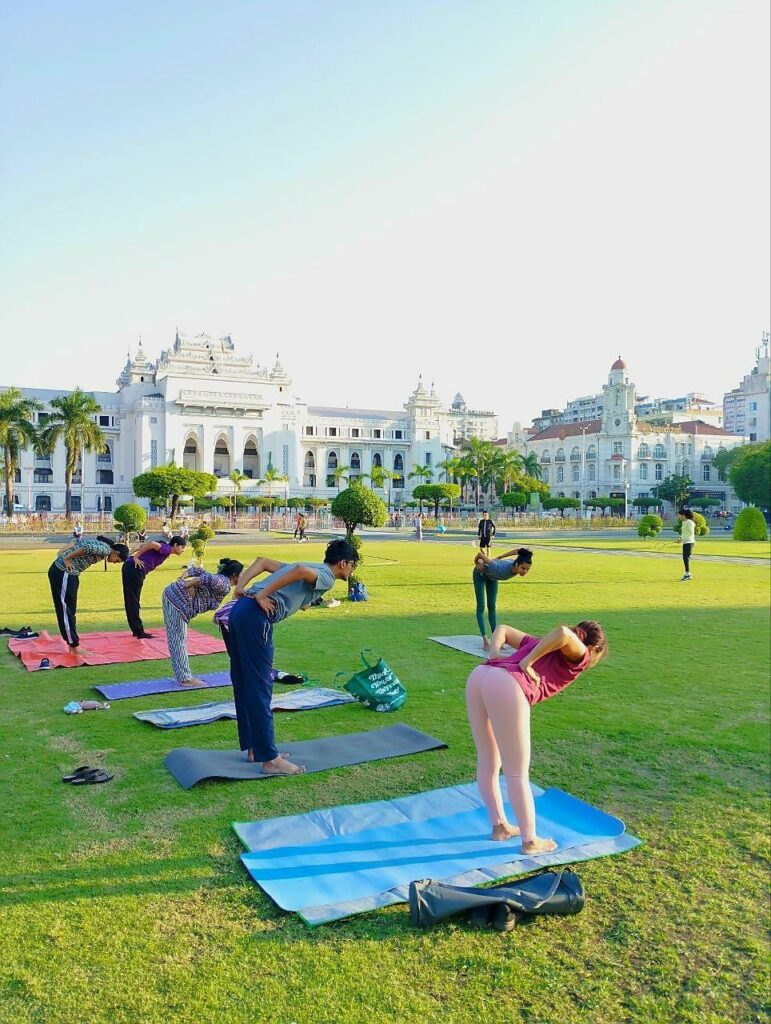
My Objective is to help people get the benefits of Yoga in their busy lives
Discover the benefits of yoga with me! I offer classes designed to enhance your flexibility, build your strength, and promote deep relaxation. Whether you’re looking to improve your physical well-being or find mental peace, my classes are tailored to meet your needs. Join me to transform your body, calm your mind and rejuvenate your soul!
Thanks for visiting our site. Stay connected with us on
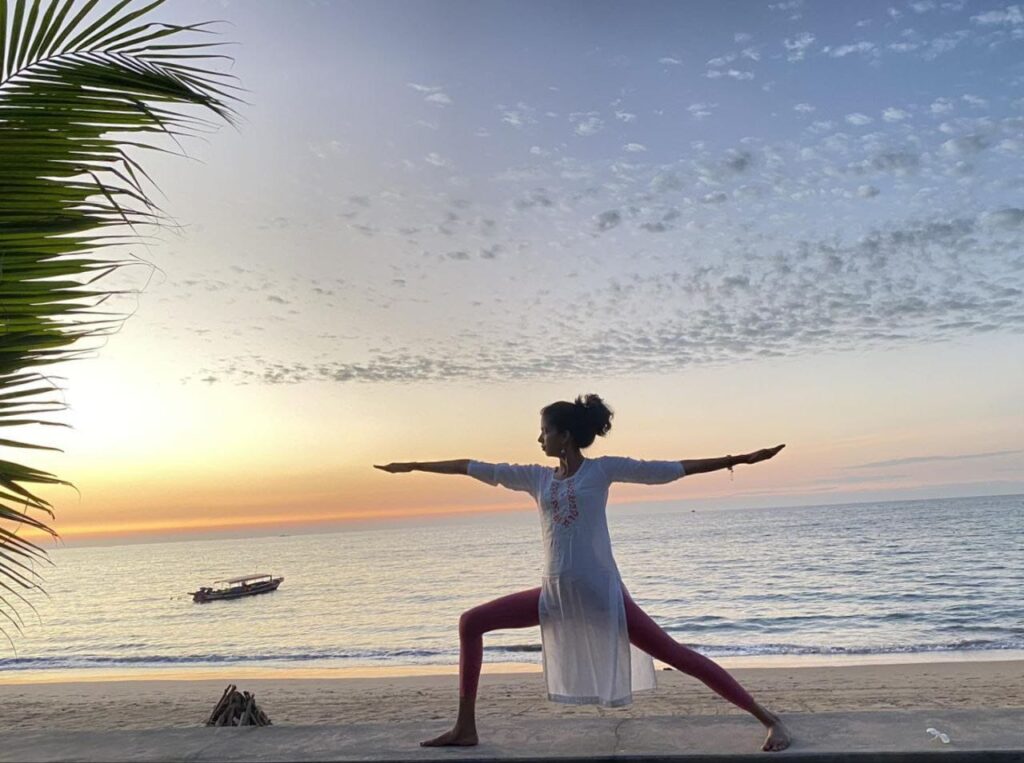
Yogasana and exercise Yogasanas have been thought of as a form of exercise but they are not. Both yogasana and exercise represent distinct paths to physical well-being, each with its unique strengths. Exercise, in its broadest sense, encompasses activities like running, weightlifting, and team sports, primarily aimed at enhancing physical performance and cardiovascular health. It focuses on building strength, endurance, and speed through dynamic, repetitive movements. The emphasis is oft1en on measurable outcomes, such as increased muscle mass or improved race times. While highly effective for physical conditioning, exercise can sometimes lead to a disconnect between the body and mind, with a greater focus on external achievements. Yogasana, on the other hand, is rooted in ancient traditions, emphasizing a holistic approach to health. It involves a series of postures (asanas) held with mindful breathing and body awareness. While also improving strength and flexibility, yogasana places a strong emphasis on the mind-body connection, fostering relaxation, stress reduction, and inner peace. The practice encourages a deeper understanding of one’s physical and mental state, promoting self-awareness and emotional balance. In addition, asanas are designed to have specific effects on the glands and internal organs and to alter the electrochemical activity in the nervous system. Yogasana not only improves physical fitness but also cultivates mental clarity and emotional resilience. Unlike some forms of exercise that can be high-impact and potentially lead to injuries, yogasana is often gentler, making it accessible to people of all ages and fitness levels. The focus on breath and mindfulness enhances the benefits, reducing stress and promoting a sense of overall well-being that extends beyond the physical realm.
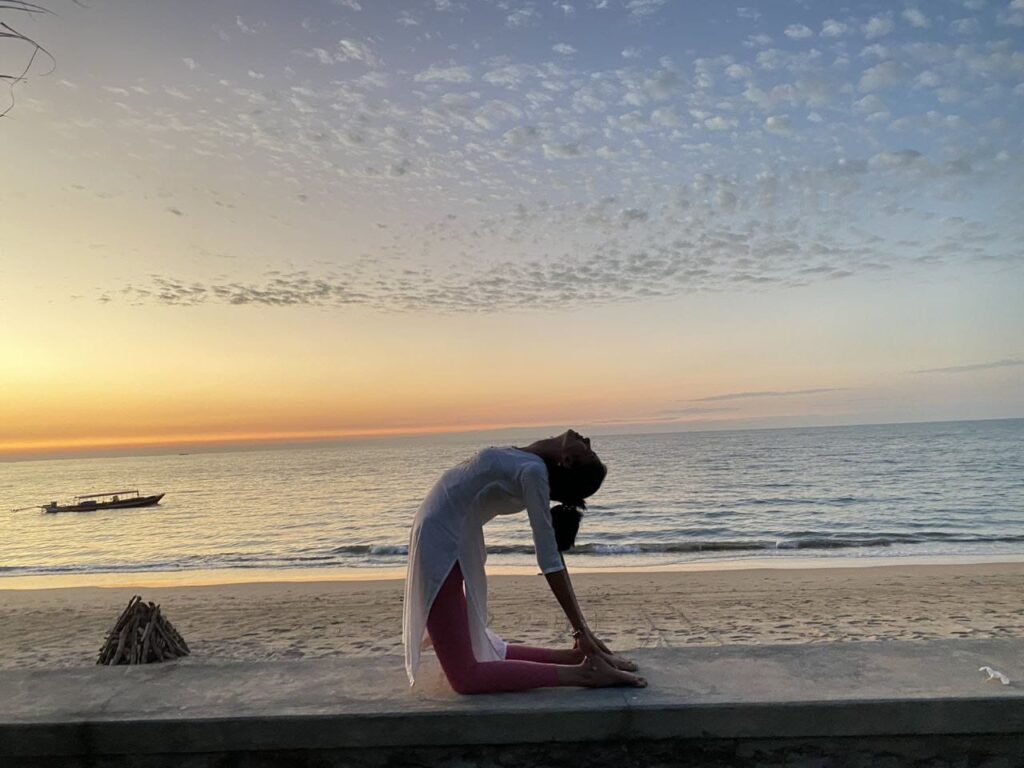
Who Should Do Yoga? Yoga is for everyone, regardless of age, fitness level, or physical condition. It’s a practice that adapts to the individual, making it accessible to beginners and experienced practitioners alike. People seeking stress relief, improved flexibility, or increased strength can all benefit from yoga. Those with chronic pain, such as back pain or arthritis, may find relief through specific yoga practices. Athletes can use yoga to enhance performance and prevent injuries. Yoga is also beneficial for mental well-being, promoting mindfulness and reducing anxiety. Ultimately, anyone can practice yoga who is looking to improve their physical health (who want to get relief from arthritis, backpain, neck pain, hormonal imbalance) and mental health (who want to reduce stress and anxiety).
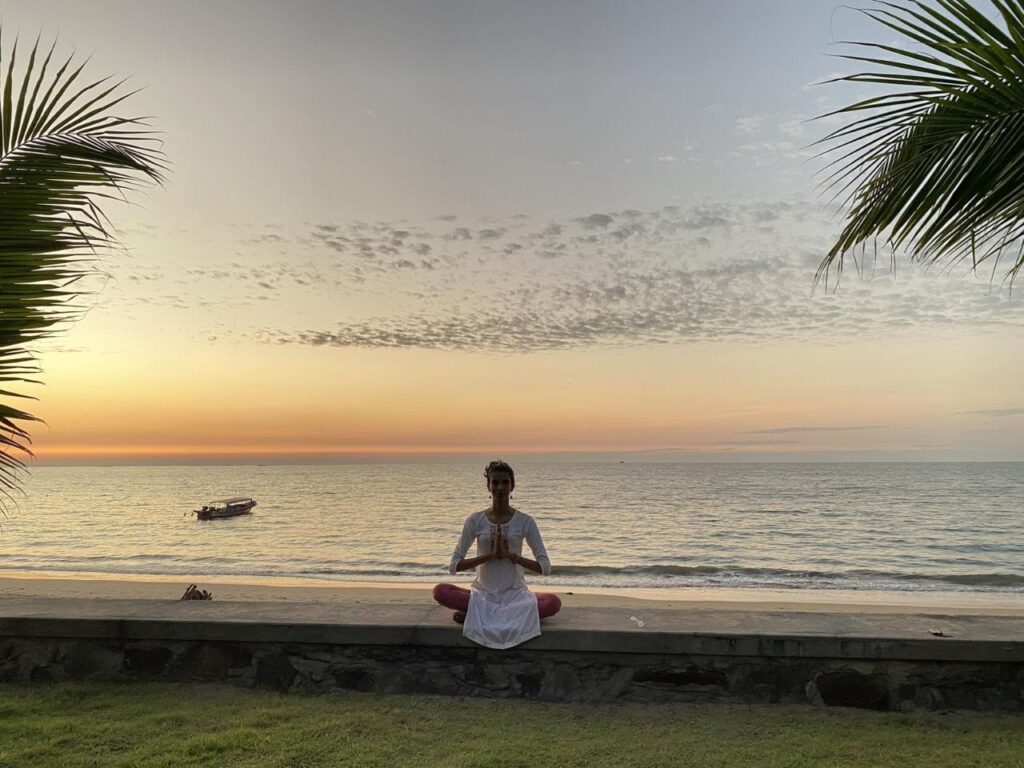
Meditation has gained immense popularity in recent years—but with that rise comes a fair share of misunderstandings. Here are some of the most common misconceptions people have about meditation, and the truth behind them:
1. You Have to “Empty” Your Mind Completely_ One of the biggest myths is that meditation means stopping all thoughts. In reality, meditation is about observing your thoughts without judgment—not silencing them. It’s natural for the mind to wander; the goal is to gently bring it back when it does.2
2. Meditation Is Only for Spiritual People_ While meditation has spiritual roots in many traditions, it’s not limited to any religion or belief system. People from all backgrounds use it for stress relief, focus, better sleep, and emotional well-being.
3. You Need to Sit Cross-Legged on the Floor_ Traditional postures work for some, but meditation can be done sitting on a chair, lying down, or even walking. Comfort and alertness matter more than a particular pose. 4. You Must Meditate for Hours to See Results Even a few minutes a day can have benefits. Consistency is more important than duration. Just 5–10 minutes of regular practice can bring noticeable changes over time.
4.You Must Meditate for Hours to See Results_ Even a few minutes a day can have benefits. Consistency is more important than duration. Just 5–10 minutes of regular practice can bring noticeable changes over time.
5. It’s Only for Calm or Peaceful People_ Meditation isn’t about being calm before you start—it helps you become more calm. Even if you’re anxious, restless, or emotional, meditation is a tool to work through those states, not avoid them. In truth, meditation is a simple yet powerful practice accessible to everyone. Let go of the myths—and let your mind breathe.